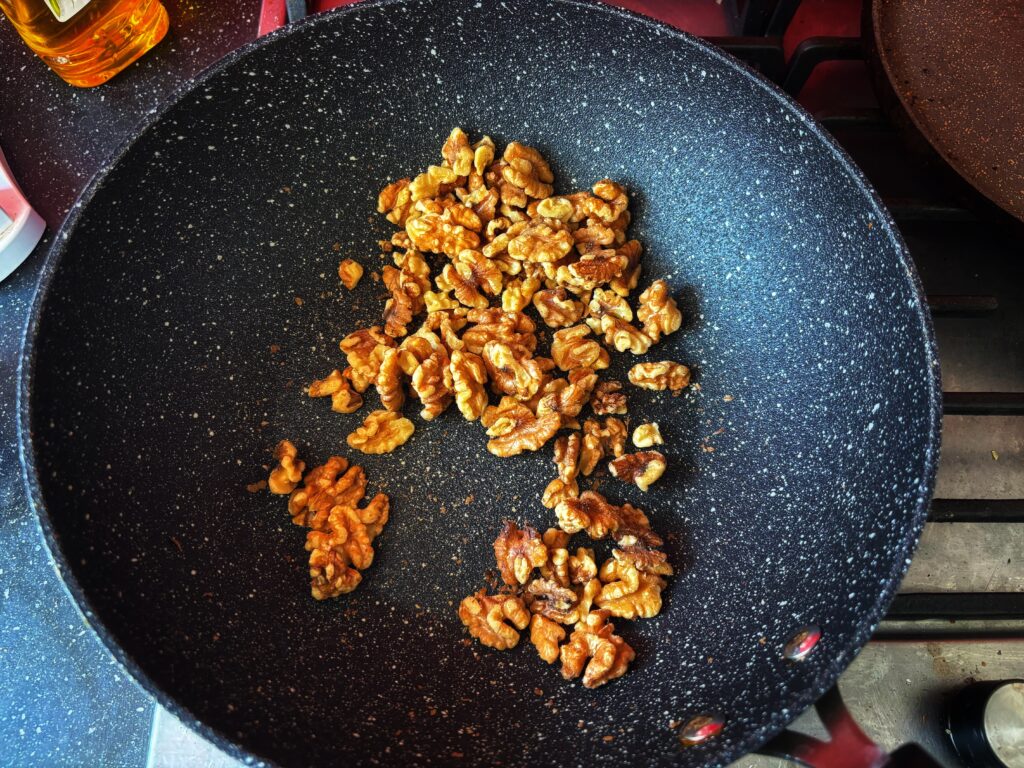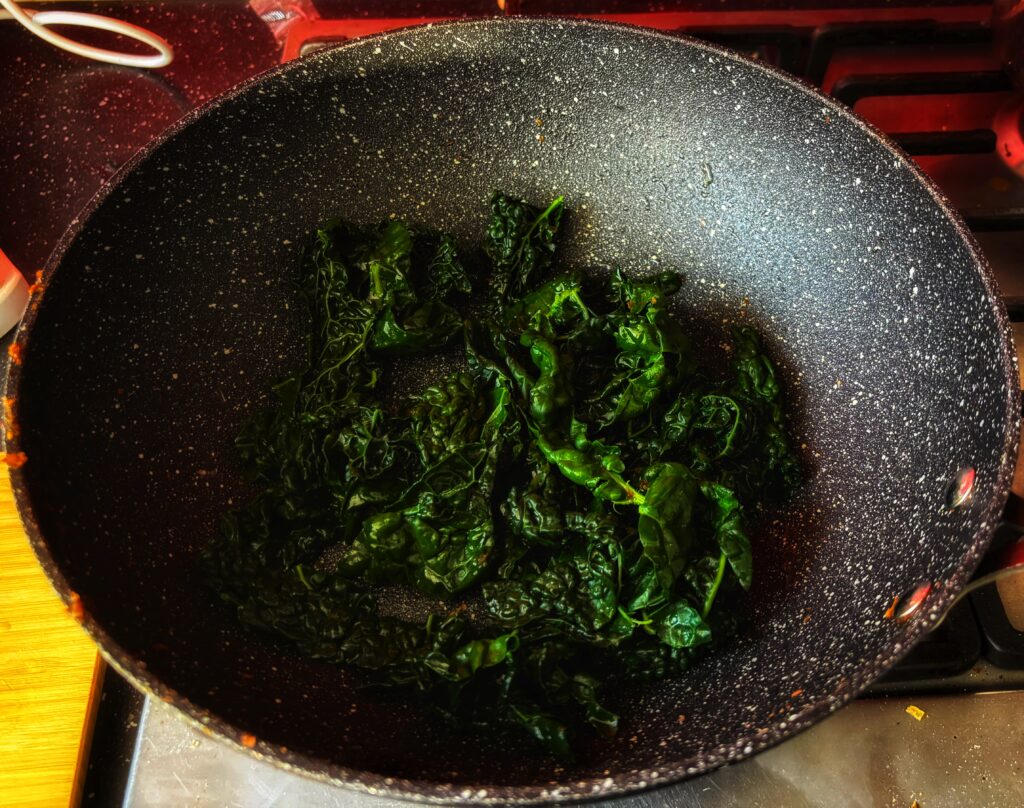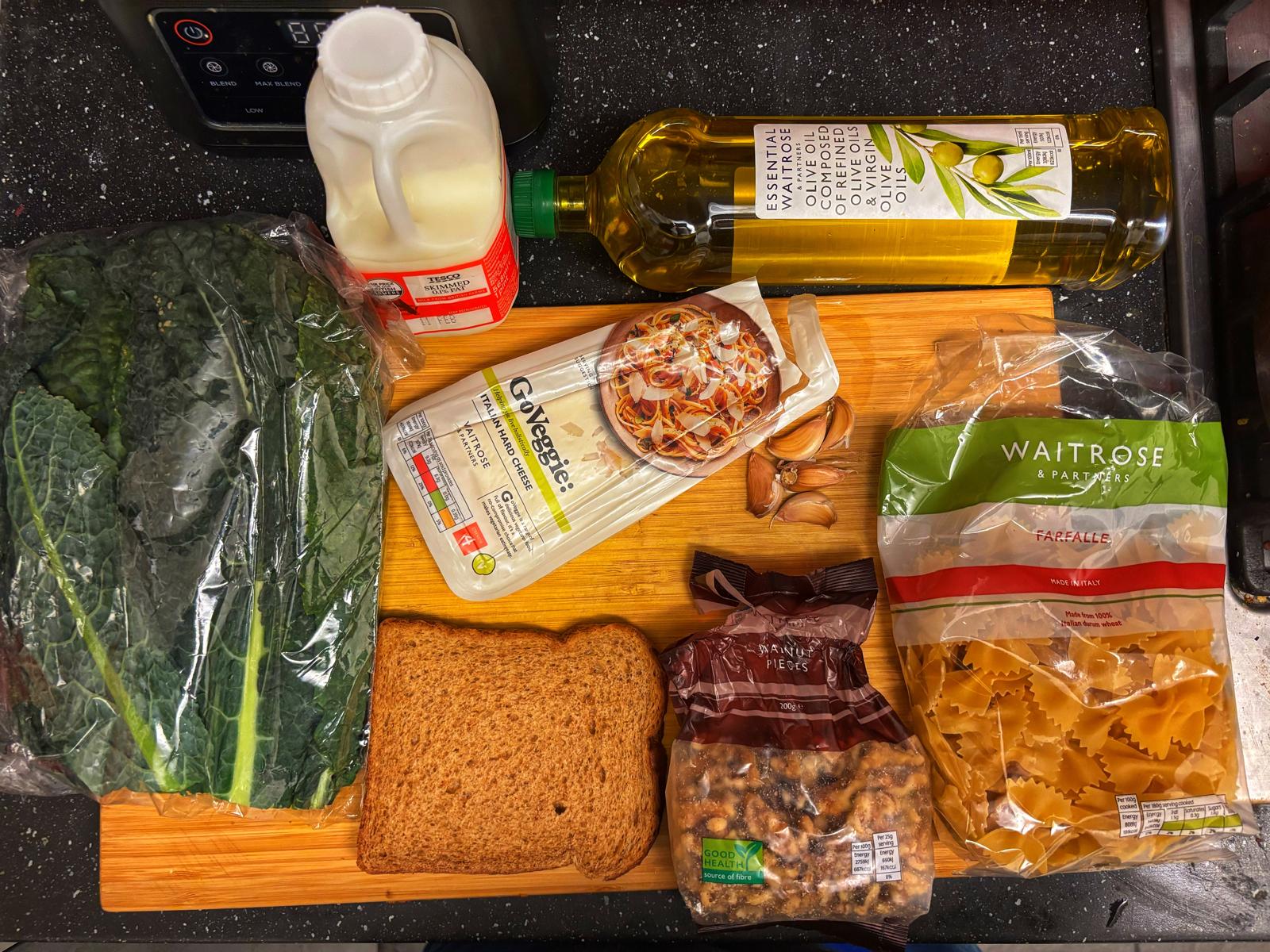This naturally vegetarian, classic sauce from the North-West of Italy is sure to please family, friends and guests
In the last century, pasta has become one of the most common weeknight meals. Pasta, in all its Italian glory celebrates dishes like the Walnut Pesto Pasta. Yet, most of us do not know these! We rely on store-bought sauces, and even when we make our own, we often default to the latest trend (hello, penne alla vodka!) or stick to familiar favorites like marinara and pesto.
Italian cuisine: A history
If we take a step back and look at what Italy has eaten for a thousand years, pasta is far from a boring canned affair or a rare, indulgent treat. Reducing Italian pasta sauces to just three options is like knowing only butter chicken in Indian cuisine or ramen noodles in Asian cuisine—it barely scratches the surface!
One such overlooked classic is walnut pesto, a rich and creamy sauce from North-West Italy. It’s been around for at least a thousand years, possibly even before the Genovese basil pesto we all know and love. If you’re a fellow culinary history nerd, you might enjoy knowing that early records of this dish date as far back as 1000 AD!
Walnut Pesto Pasta: A commentary on the ingredients
As always, there’s the authentic way, and then there’s the home-cook-friendly way—both delicious, but one is far easier to pull off on a busy day. The traditional method starts with whole walnuts, still in their shells, briefly boiled to remove the bitterness and reveal their natural sweetness. But let’s be honest, most of us don’t even buy walnuts in their shells. We grab the peeled ones for snacking, baking, or tossing into smoothies. So, can we use those instead? Absolutely! A quick dry roast is all it takes to unlock their deep, nutty flavor. I always make my pasta using these Walnut halves!

Now, let’s take a moment to admire this pesto. It’s creamy, nutritious, and packed with heart-healthy fats. And if you’ve been looking for a sneaky way to get more walnuts into your diet (or into your kids’ meals) this Walnut Pesto Pasta might just be your new favorite recipe. Walnuts often get tossed into trail mix and forgotten, but in this sauce? They shine.
While the traditional recipe calls for DOP Parmigiano Reggiano (which contains animal rennet), I use a veggie parmesan (hard cheese) from Waitrose & Partners that tastes just as good. For a vegan version, you can swap it out for a blend of nutritional yeast, garlic powder, lemon juice, and cashews (check out my guide on making your own vegan cheese substitute!). Or, if you prefer convenience, grab a store-bought vegan parmesan and call it a day.
I’ve paired my walnut pesto with cavolo nero, but if it’s out of season or unavailable, any sturdy greens will work just as well.

For that same satisfying crunch, try kale, collard greens, or Swiss chard. Want to get creative? Mustard greens, radish tops, turnip greens, or even spinach will do the trick.

So, without much ado, let’s dive into the Walnut Pesto pasta recipe!
Creamy Walnut Pesto Pasta: A Rich, Indulgent Italian Classic
Course: MainCuisine: ItalianDifficulty: Easy4
servings5
minutes20
minutes630
kcalThis
Ingredients
- For the walnut pesto
250 g walnut halves (or broken walnuts)
3-4 tbsp veggie parmesan (To make this vegan or dairy-free: Replace parmesan with 1 tbsp nutritional yeast, ½ tsp garlic powder, 3 cashews, ½ tsp salt, and 2 drops lemon juice)
250 ml milk (to make this vegan or dairy-free: substitute with a dairy free milk of your choice. I personally prefer oat milk in this recipe)
5 roasted garlic cloves
1 slice bread, torn into smaller pieces (or 20 g bread crumbs)
1/2 tsp paprika powder (optional, or add more to taste if you want your pasta to be spicier)
1 tsp dried marjoram (or substitute with 1/2 tsp dried mixed herbs or orgegano)
1 tsp salt (if you want it saltier, it can be adjusted to taste when you make the pasta)
- Cooking the pasta
4 serves of trofie, linguine or trenette pasta (or a pasta of your choice that can coat think sauces well, like farfelle or fusilli)
- Preparing the greens
200-250 g cavolo nero (stems and stalks removed, leaves roughly chooped)
- Garnishing
Grated veggie parmesan cheese (or grated vegan parmesan cheese)
3 tbsp roughly chopped toasted walnuts
Directions
- Prepare the walnut pesto
- In a food processor, add the toasted walnuts, parmesan cheese (or vegan substitute), dried marjoram (or mixed herbs), paprika powder (or chilli flakes of your choice), the milk, bread pieces (or bread crumbs) and salt. Blitz till it forms a thick but smooth paste. Do not add any water to this. Set this aside.
- Preparing the greens and pasta
- In a pot, bring water to boil. Add the cavolo nero and boil for 1 minute. Retain the water and use tongs to transfer the cavolo nero into a strainer or colander. Bathe it with cold water or ice water. Set aside.
- Cook the pasta in the same pot of water used for blanching cavolo nero to retain nutrients and flavor. Bring the water to boil and salt it before adding the pasta. For the right cooking time, follow the instructions on the back of the pasta pack.
- Retain a large cup of pasta water and drain the rest.
- Bringing it all together
- Use your hands to roughly tear the cavolo nero into 3-5 inch pieces.
- Add 2 tbsp olive oil to a pan. Once the oil heats up add the roughly chopped cavolo nero and cook for 3-4 minutes. Add just enough salt to salt the cavolo nero.
- Now add the walnut pesto. Loosen it up with some pasta water to adjust the consistency to your liking. The sauce should be thick, glossy and emulsified.
- Now add the pasta. Mix everything well on a low heat for 1-2 minutes. Your pasta is ready.
- Garnishing and serving
- Top the pasta with grated parmesan cheese and toasted walnut pieces.
- Enjoy with a side salad, some roasted tomatoes and a crisp, floral white or a full-bodied red wine.
Notes
- While the pasta shape mentioned in the ingredients are authentically Ligurian, you can use any pasta shape that has enough surface area to coat the lovely walnut pesto.
- While pasta and cavolo nero are best prepared fresh, the walnut pesto can be made in batches and stored. Store in an airtight container: refrigerate for up to a week or freeze for up to 2 months.
- Bonus: Make extra walnut pesto—it’s a fantastic dressing! Try it on shredded cabbage, carrots, and mixed greens, topped with pomegranate seeds and toasted walnuts.
- Making a substitute for parmesan cheese in sauces and soups is very easy. Read the detailed guide to make this substitute here.
This rich and creamy walnut pesto pasta pairs beautifully with simple, fresh sides that balance its indulgence. Here are a few ideas:
- A zesty arugula salad: Toss arugula with lemon juice, olive oil, salt, and shaved veggie parmesan for a refreshing contrast. The dense and creamy walnut pesto pasta complements the light salad perfectly.
- Roasted cherry tomatoes: The natural sweetness of blistered cherry tomatoes adds a juicy, tangy bite that complements the earthy walnut sauce.
- Garlic bread or focaccia: A warm, crusty side to scoop up every last bit of that delicious pesto.
- Steamed or grilled asparagus: Lightly seasoned asparagus adds a crisp texture and subtle bitterness that balances the creamy pasta.
- A glass of wine: This walnut pesto pasta dish works wonderfully with a crisp, floral white wine like Vermentino or a full-bodied red like Barbera for a true Italian experience.
If you loved this Walnut Pesto Pasta recipe and tried it at home, please add your comments to the comments section.
Love pasta? Also, try a few other pastas by Milieu – want something quick? Try this Aglio e olio. Want something tangy and creamy? Try this Tomato Burrata Pasta. Want a popular option from across the pond? Try this healthier twist on a classic American Pasta Primavera.
Buon apeitito!


[…] The Indulgent Walnut Pesto Pasta […]
[…] Italian Calabrian chillies are known for. In creamy pasta dishes like this Aglio e Olio or the Cavolo Nero Walnut pesto pasta or this Lemon Ricotta pasta, I love using red Scotch Bonnet Peppers. I buy fresh Scotch Bonnet […]
[…] A highly nutritious pasta from the heart of Italy: Walnut Pesto Pasta […]